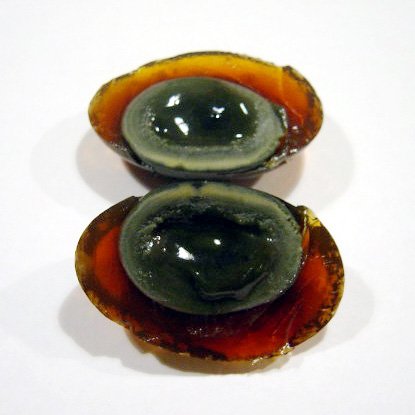Stinky Tofu
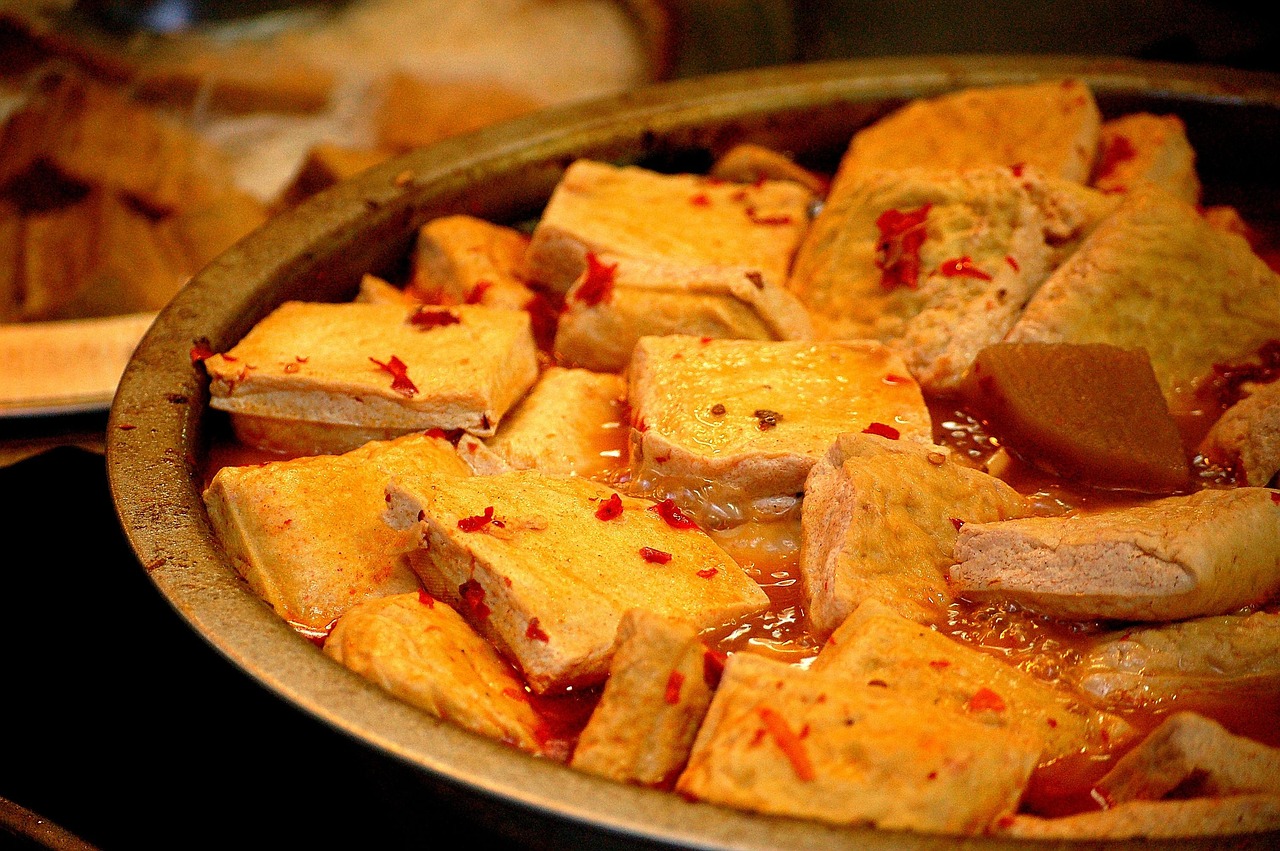
Stinky tofu, known as “chòu dòufu,” is one of China’s most notorious street snacks, immediately recognizable by its intense odor. Despite being likened to the smell of rotten cheese or even garbage, this fermented tofu is deeply beloved by locals, especially in cities like Shanghai, Nanjing, and Changsha. According to a 2024 survey from the Chinese Culinary Association, 63% of urban Chinese respondents listed stinky tofu as a favorite night market food, with consumption peaking during festivals. The snack is typically served deep-fried, resulting in a crisp exterior that contrasts with its soft, creamy interior, and is paired with garlic sauce, pickled cabbage, or chili. Vendors often report long queues of locals, even as tourists stop several feet away, wrinkling their noses. While many visitors document the infamous smell on social media, few actually taste it, with only 7% of surveyed foreign tourists in Shanghai’s Yuyuan Garden market claiming to have tried it in 2024. This divide has made stinky tofu a symbol of local pride and a test of culinary bravery.
Century Egg

Century eggs, or “pídàn,” are preserved duck, chicken, or quail eggs that have been transformed by months of curing in a blend of clay, ash, and quicklime. The result is a striking egg with a jelly-like translucent black “white” and a creamy, greenish yolk. A 2023 study published in the Journal of Food Science found that century eggs provide a surprising antioxidant boost, making them a staple in congee breakfasts and cold appetizers across the country. While considered a delicacy and even featured in trendy Beijing fusion restaurants in 2024, the appearance and aroma can be shocking to the uninitiated. Tourists frequently react with fascination or revulsion, often photographing but rarely sampling the dish. According to a 2024 Tsinghua University tourism survey, only 12% of foreign visitors in Guangdong province tried the egg, compared to 89% of local respondents who eat it at least monthly. The contrast highlights how cultural context shapes food preferences.
Spicy Rabbit Head
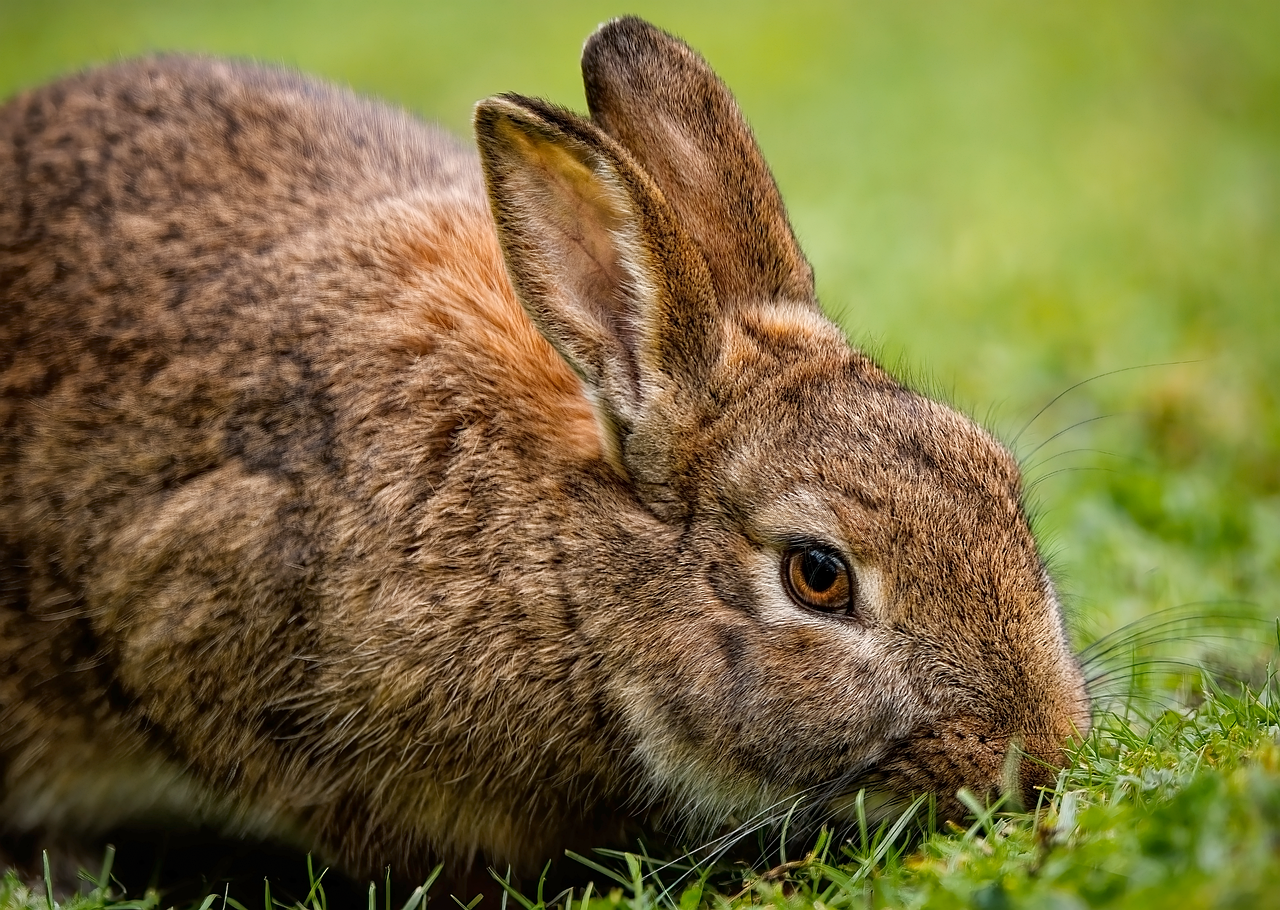
Spicy rabbit head, or “là tùzǐ tóu,” has seen a dramatic rise in popularity, especially in Sichuan and Chongqing, where spicy foods dominate. Preparation involves simmering rabbit heads in a fiery bath of chili oil, Sichuan peppercorns, and a secret mix of spices, then serving them as a communal snack. The Sichuan Provincial Tourism Bureau in 2024 reported a 30% increase in rabbit head sales at local markets, attributing the surge to a new wave of reality cooking shows spotlighting the dish. Locals appreciate the complex technique required to extract the tender meat and savor the spicy, numbing flavors. For many, it is a nostalgic treat linked to childhood memories and festive gatherings. Tourists, on the other hand, are often hesitant, with sales data from Chengdu’s Kuanzhai Alley showing that over 85% of rabbit head buyers are local, while most foreign tourists opt for less challenging snacks. The dish remains a point of cultural curiosity, rarely bridging the gap between local enthusiasm and visitor reluctance.
Fried Scorpions

Fried scorpions are a striking sight on the bustling night markets of Beijing and Xi’an, where they are skewered live and deep-fried to a crisp. Vendors tout their crunchy texture and umami flavor, often sprinkling them with salt or chili for extra punch. According to the 2023 Beijing Food Association report, insect-based snacks like scorpions and silkworm pupae have seen a 25% rise in popularity among younger urbanites, who are drawn to sustainable protein sources. Nutritionists point out that scorpions are high in protein and micronutrients, making them a surprisingly healthy snack. However, a survey conducted by the Beijing Tourism Board in early 2024 found that only 4% of international tourists sampled fried scorpions, with most citing fear or squeamishness. Meanwhile, live-streaming food influencers have helped destigmatize insect snacks among locals, but the gap with foreign visitors persists. Fried scorpions remain a bold badge of local food culture, rarely embraced by outsiders.
Sour Plums
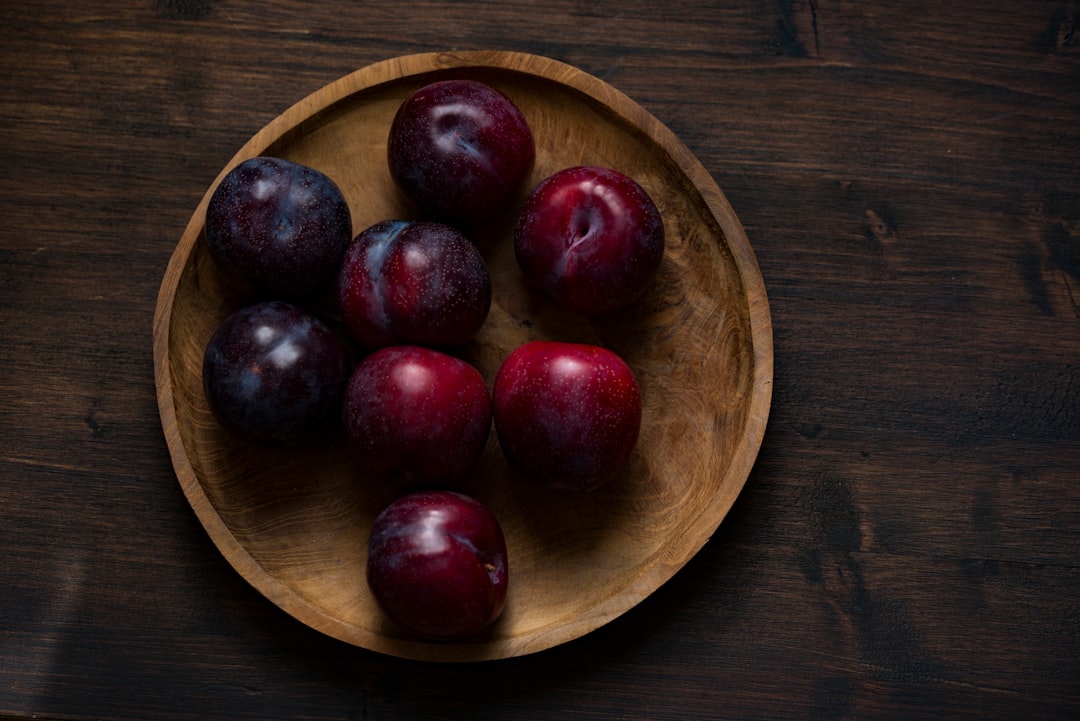
Sour plums, or “suan mei,” are dried and preserved plums that offer a mouth-puckering blend of tartness, salt, and subtle sweetness. These chewy treats are especially popular in the hot, humid summers of southern China, where they are believed to aid hydration and soothe sore throats. The Chinese Institute of Food Research’s 2024 survey revealed that 45% of respondents regularly enjoy sour plums, often pairing them with tea or carrying them as a portable snack. In contrast, most tourists overlook these simple snacks, unfamiliar with the complex mix of flavors and hesitant to try something so different from Western candies. Sales data from Hangzhou’s West Lake tourist district in 2024 showed that local shoppers accounted for over 90% of sour plum purchases, with most foreign visitors opting for packaged sweets or chocolates instead. The distinctive taste of suan mei continues to divide palates, capturing local loyalty but rarely winning over outsiders.
Duck Blood Curd
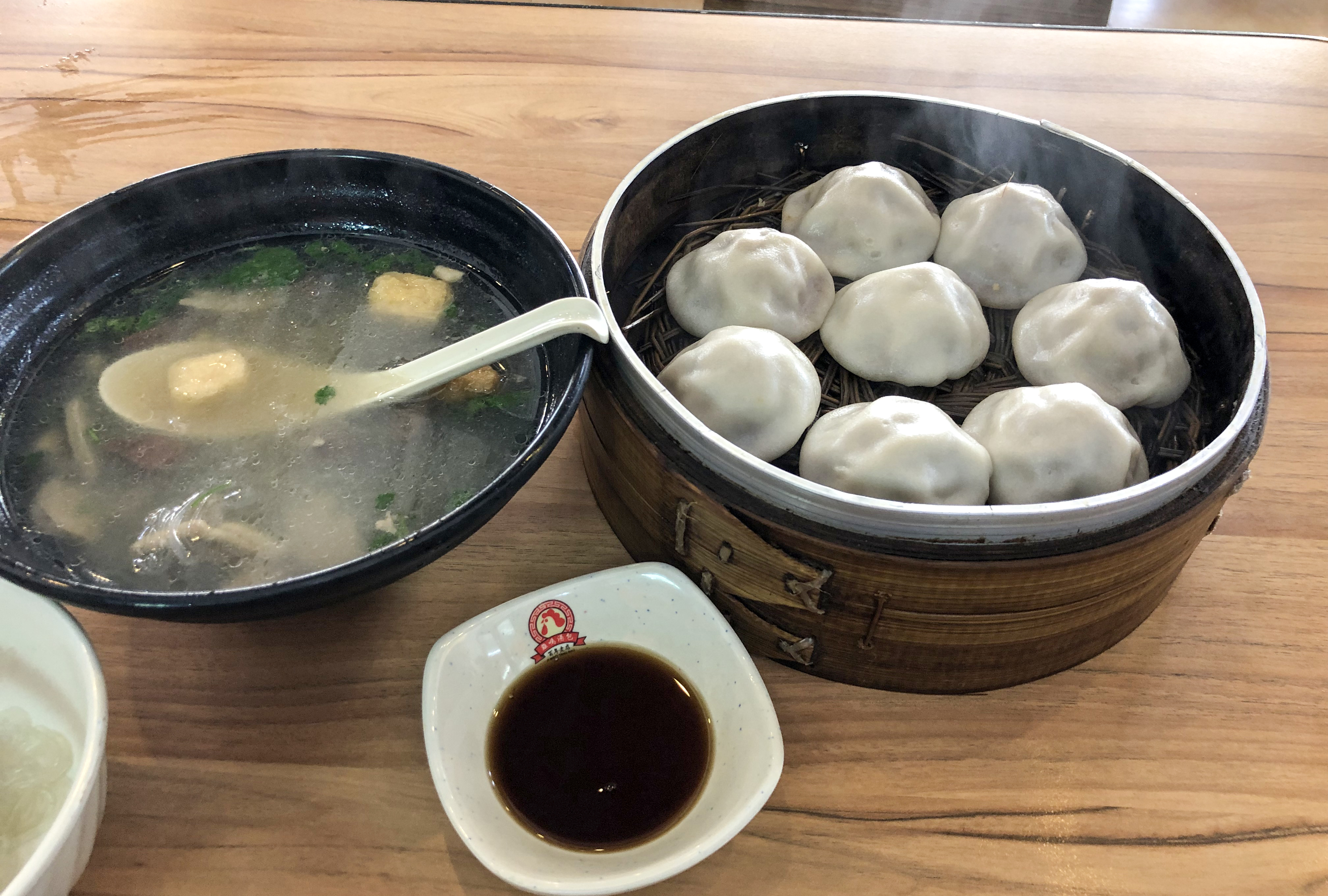
Duck blood curd, called “yāxiě” or “yāxiān,” consists of coagulated duck blood cut into cubes and served in spicy soups or stir-fries. It is a common ingredient in Shanghai’s hot pot restaurants and Nanjing’s famous duck blood vermicelli soup. A 2023 study in the Asian Journal of Nutrition highlighted its high iron and protein content, noting that 80% of surveyed Chinese diners consider it a healthy addition to their diets. Local consumers praise its smooth texture and ability to absorb bold broths, while chefs in 2024 reported a surge in creative uses, from skewers to cold appetizers. Despite these innovations, duck blood curd remains largely untried by tourists, with only 5% of foreign diners in Shanghai listing it as a dish they had sampled, according to a 2024 city tourism report. Many visitors are put off by the concept, missing out on a protein-rich, traditional delicacy that locals cherish.
Fried Breadsticks with Soy Milk
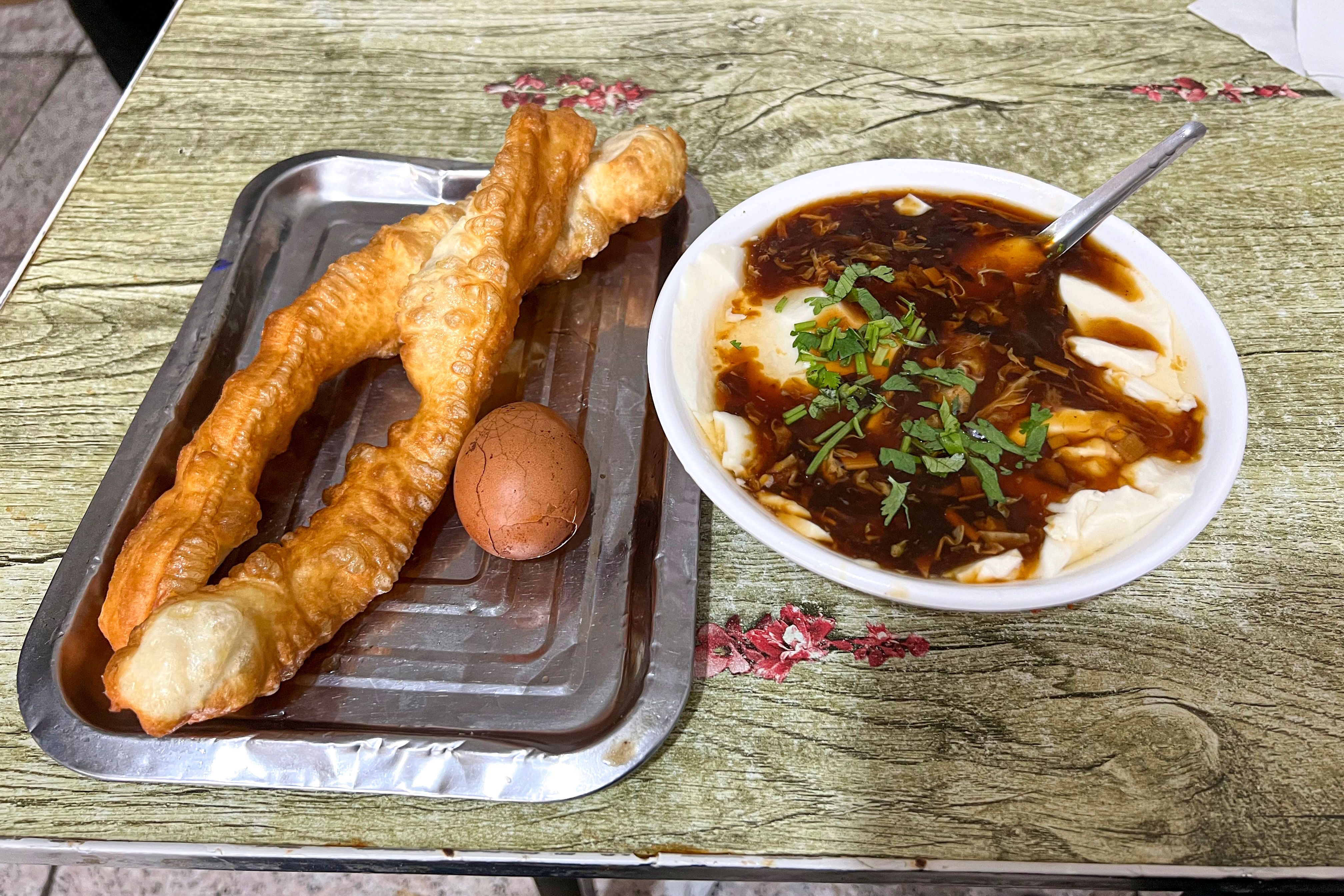
Fried breadsticks, “yóutiáo,” paired with a steaming cup of soy milk, are an iconic Chinese breakfast duo enjoyed across generations. These golden, airy sticks are dipped in warm or sweetened soy milk, providing a comforting start to the day. A 2024 report from the National Bureau of Statistics of China showed a 15% increase in yóutiáo consumption among urban residents, reflecting the enduring appeal of traditional breakfasts amid the rise of Western fast food. Vendors in Shanghai and Beijing serve thousands of portions each morning, catering mostly to local commuters. Despite their popularity, tourists often bypass yóutiáo in favor of hotel buffets or coffee chains, with only 10% of surveyed international visitors in 2024 reporting they tried the snack during their stay. This everyday staple, humble yet beloved, remains a cornerstone of local food culture that many travelers unwittingly miss.

